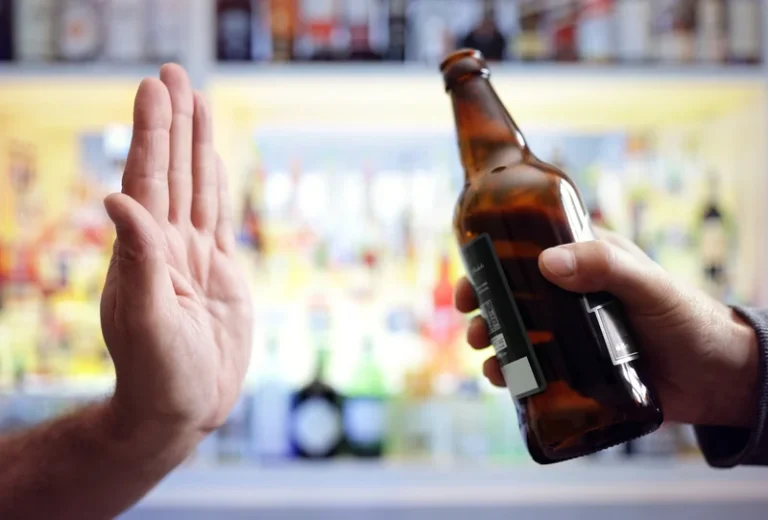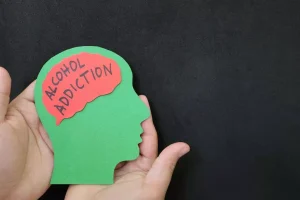
If you’re newly sober, have gone through detox, are willing to stay sober, and can commit to living by the house rules, you can live in a halfway house. A halfway house is an institute for people with criminal backgrounds or substance use problems to learn (or relearn) the https://ecosoberhouse.com/article/drug-use-in-sports-risks-you-have-to-know/ necessary skills to re-integrate into society and better support and care for themselves. It can be difficult for people in recovery to get the social interaction they need. It can be hard for some to find new friends or social circles that respect their new lifestyle.
How Is a Halfway House Different from a Sober Living House?

These residential facilities help individuals in recovery remain sober by providing a safe, structured, supportive, and stable environment where individuals learn and practice skills they need to re-enter society. A halfway house is a community-based accommodation that what is a halfway house aims to provide a safe and structured environment for those in recovery from alcohol or substance use. Residents of halfway houses are most often transitioning from an inpatient rehab center or incarceration with the completion of a substance treatment program.
- In one model, upon admission, a patient is classified as to the type of disability, ability to reintegrate into society, and expected time frame for doing so.
- Halfway houses have a maximum limit of 12 months for residency, and for someone looking to establish a long-term sober living environment, a halfway house may not be ideal.
- This is why it’s important to consult your doctor to find the right treatment method for your needs.
Using Insurance to Pay for Sober Living
This is why it’s important to consult your doctor to find the right treatment method for your needs.
Structured Environment:
When people with addiction complete their rehab, they may not be prepared to transition into regular society after years of drug abuse and addiction. The distractions and triggers of everyday living could be overwhelming and potentially lead to relapse. Halfway houses provide an excellent option for those who have committed to sobriety but do not think they’re ready for life at home. CCFA explores the purpose and benefits of halfway homes and how they help people recovering from addiction reintegrate into society. Halfway houses are safe living environments that help people re-enter society and avoid relapse into substance abuse, crimeor homelessness. They set residents up for success by teaching them life skills and allowing them to practice those skillswhile living in a structured environment.
Cost of bringing clean drinking water to California communities estimated at $11.5 billion

A halfway house, also known as transitional housing, is a facility that provides a supportive environment for people recovering from addiction or mental health conditions. It is typically a supervised, short-term living situation that offers the structure and support required to maintain sobriety. The time spent in a halfway house allows the individual to build new skills, find employment, and become a functioning member of society again. While that may seem daunting, it isn’t a road people have to travel alone or ill-equipped. There are tools, like halfway houses, that can help people recover for life.
- For individuals who might be starting their recovery after incarceration, a halfway house can help them find employment by offering specific job-seeking services and guidance.
- The distractions and triggers of everyday living could be overwhelming and potentially lead to relapse.
- First, sober living homes are privately owned and can be run by businesses, religious groups, or private individuals, while halfway homes are government-funded.
- These facilities work with corrections departments to house individuals leaving incarceration, often as a condition of parole or other post-release supervision or housing plan.
Most houses encourage a minimum stay of at least two to three months and may have a maximum stay between six months to one year to promote progress. Inquire about the various lengths of stay that the halfway houses near you may offer when doing your research. According to research published in the Journal of Psychoactive Drugs, halfway houses and sober homes are highly effective in the ongoing treatment of substance use disorder.

- On September 27, 2023, Santiago walked away from the Drapelick Center and never returned.
- Penitentiary in Lee County, Virginia, to the Drapelick Center, a Residential Reentry Center (halfway house) in Bloomfield, to complete his custodial sentence.
- Not only are residents’ schedules surveilled, their travel routes are subject to review as well.
- At Ocean Recovery, we have relationships with some of the best sober living homes in the area and can help place you in the facility that is the best fit for your needs and goals.
Sober Living FAQs
- However, recent investigative reports suggest that the real numbers are even higher, as the BOP continues to underreport cases in RRCs and state-level data is nearly non-existent.
- While regular population reports are not available, 32,760 individuals spent time in federal RRCs in 2015, pointing to the frequent population turnover within these facilities.
- They may also offer mental health counseling, financial training, and help finding housing after prison.

